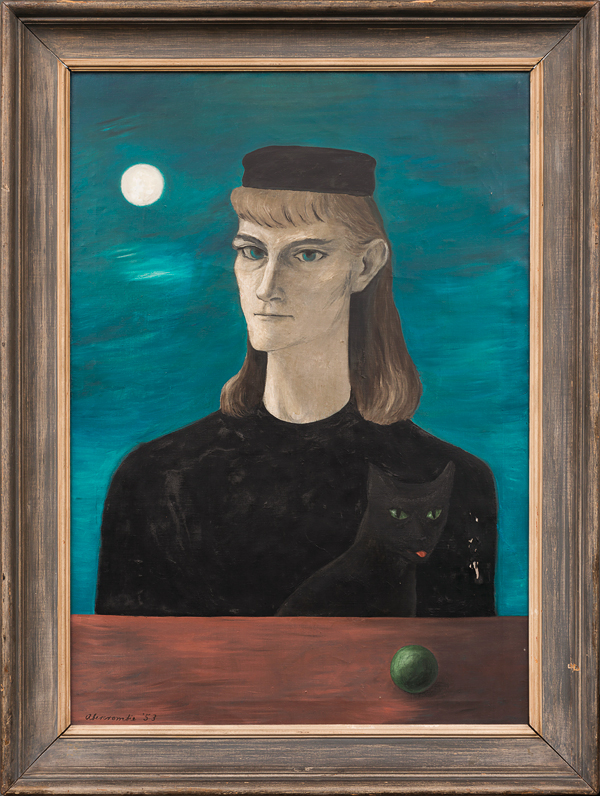
Up next in our series of interviews with notable, in-the-know locals: John McKinnon, executive director of Elmhurst Art Museum, where Gertrude Abercrombie: Portrait of the Artist as a Landscape opens this Friday.
What was Abercrombie’s early life like? What’s her connection to Chicago?
Her parents were actually opera singers, and her family moved from place to place. Ultimately, they settled in Hyde Park around 1916 and she was there until her death in ’77. She went to college, and was encouraged to become a writer, but she pursued painting instead. She was largely untrained—and liked to flaunt that at times.
I read that she loved jazz and was involved in that scene in the ’40s and ’50s.
She was a very “life of the party” type of person. In fact, she considered herself the Queen of Chicago. Everyone who was important either knew her or she knew them. Jazz musicians like Dizzy Gillespie and Charlie Parker would come out on Saturday and Sunday to her house. She had a real, true salon there. There was even a writer, James Purdy, who was part of that group. He later based a character in one of his novels off of her.
How did she impact Chicago’s art scene and the artists who came after her?
As a painter, she was a bit singular. There were several painters in Wisconsin around the same time—John Wilde would be an example—who were called magical realists. But in Chicago, she was largely alone. She was doing surrealism after surrealism, but it was her own take on it. [Roosevelt University professor emerita] Susan Weininger, who wrote an essay in our brochure, calls her work “psychic self-portraits.” A little dreamy, but still self-referential.
She uses the same symbols over and over again: cats, clouds, owls. Did they have personal significance for her?
She loved cats. She always had multiple cats and was considered a bit of a cat lady. Some other things were much more personal. Witch hats and brooms, for example, were things that she liked to play up about her personality. A few times, I understand, she wore this pointed hat, and school children started calling her a witch. But Gertrude just said, “You’re right, I am a witch,” and continued to wear the hat.
When was the last time somebody brought together her work in such a comprehensive way?
She had a retrospective in ’77, just before her death. There have been gallery shows, but not an in-depth show like this probably since 1991 at the Illinois State Museum. Susan Weininger says it’s the first time in more than 25 years. In this one, you can see the full depth and chronology of her work.
How are you incorporating Abercrombie's artistic vision into the exhibit?
In her artwork, she would paint these spare, clean interior rooms. There’s often a door, often a sense that you’re in a room. And in some of the paintings, there’s miniature paintings within a painting. We’ve included that in some of the design elements of the show: We have our own set of doors and horizontal lines, where you can imagine that you’re in one of her paintings, viewing one of her paintings.


